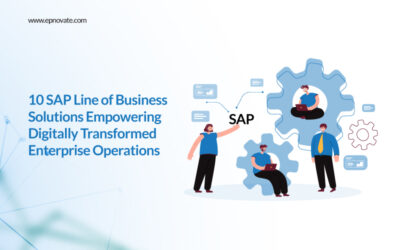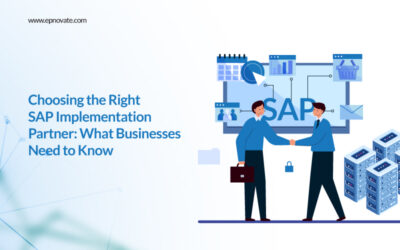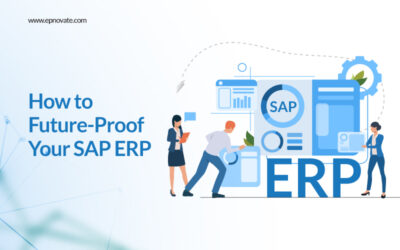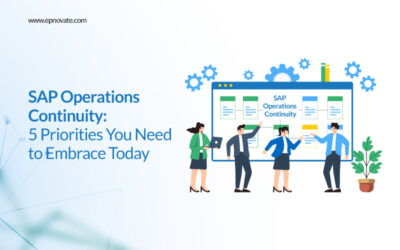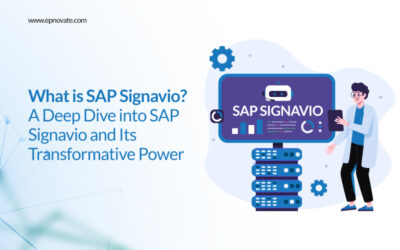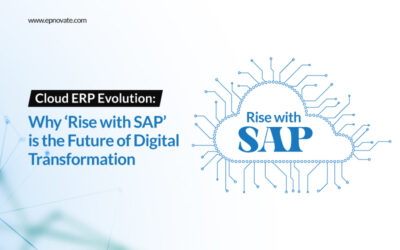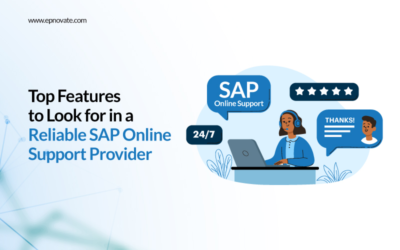Simplifying and Accelerating Your Migration Process for SAP Cloud Platform Integration

Due to the growing significance of the cloud, businesses must reevaluate existing middleware strategies and determine whether or not to switch to a cloud integration platform. It is anticipated that SAP customers will assess the SAP Cloud Integration Platform (SAP CPI), an intelligent hybrid integration solution utilizing open-source and cloud-native technologies, as a migration alternative from SAP PI/PO, the preferred middleware option for more than 12,500 enterprises across industries. The advantages of moving to SAP CPI and the possible expenses, time commitments, and skill needs associated with a difficult technical project are frequently unknown to businesses. Numerous customer integration issues have been resolved thanks to SAP S/4 HANA migration services, and solutions are available to automate and quicken migrations.
Migration from SAP Process Integration/Process Orchestration (PI/PO) to Cloud Platform Integration (CPI)
An on-premise middleware system called SAP PI/PO has robust features, an intuitive user interface, and developer community support. However, SAP has unveiled a cloud-first product strategy called SAP CPI, which links SAP applications that are hosted on-premises and in the cloud with other SAP apps and apps from external developers. Fusing various data and systems enhances integration effectiveness, provides integrated digital experiences, and optimizes company operations. Improved integration efficiency, business operations, and digital experiences are just a few advantages of switching from SAP PI/PO to CPI.
1. A Strong Digital Foundation For An Intelligent Enterprise:
According to SAP, companies accelerating their journey to an intelligent enterprise using SAP S/4HANA Cloud and RISE with SAP solutions should also switch to SAP CPI. This is so because all SAP LoB apps employ SAP CPI as their foundational integration technology.
2. End Of Standard Maintenance Support For SAP Conventional Middleware:
SAP said it will continue to provide standard maintenance support for SAP PO 7.5 until 2027 but not for SAP PI/ PO 7.4 or earlier versions. Customers now using SAP PI/PO 7.5 should switch to SAP CPI because it is more adaptable and affordable than its predecessor.
3. Real-Time Integration:
Unlike SAP PI/PO, SAP CPI offers tools like SAP Event Mesh and SAP API Management to facilitate real-time integrations across distributed application landscapes.
4. Pricing Flexibility:
SAP CPI provides customers with various pricing options to suit their business requirements, including Pay as You Go (PAYG) and Cloud Platform Enterprise Agreement (CPEA). With SAP CPI, unlike SAP PI/PO, you can get started right away with little initial outlay and no long-term financial commitments.
5. Significant Cost Savings:
Since SAP CPI is a cloud-based platform, it is simpler to monitor, operate, and implement than SAP PI/PO, which is installed on-premise. While using SAP CPI, you don’t have to be concerned about on-premise middleware’s frequent hardware refresh cycles or high maintenance renewal costs.
6. Rapid Integration With Prepared Integration Content:
Utilizing the 2600+ pre-built connection scenarios, 2500+ ready-to-use APIs, and 200+ connectors in the SAP API Business Hub, SAP CPI enables you to quickly and affordably build up cloud-to-cloud and cloud-to-on-premise integrations. Because SAP PI/PO lacks such prepackaged integration information, it is less useful than SAP CPI in quick integration scenarios.
Limitations During The Transition From SAP PI/PO To SAP CPI
- Due to the lack of high-quality migration automation technologies, businesses need help in ensuring a secure and quick transfer from SAP PI/PO to SAP CPI. This makes estimating the necessary money and resources for the SAP CPI transfer project difficult.
- Migration to S/4 HANA is a complex process with evaluation, planning, and implementation steps. Businesses require specialized integration developers to evaluate their environment, define migration methods, and test moved content. Manual implementation is costly and time-consuming.
- Technical migration complexity arises when SAP PI/PO to SAP CPI requires developers to move integration scenarios, such as adapters and message mappings, from SAP PI/PO to SAP CPI. Incompatible adapters and custom adapter modules require redesign, while mapping functions like parameterized values cannot be utilized.
- Proper testing of SAP service interfaces is crucial before transitioning from traditional middleware to CPI. Functional consultants are often used, but coordinating with multiple technical experts can be laborious and error-prone.
Conclusion
Companies may modernize their integration landscape and become more flexible, inventive, and future-ready by migrating from traditional SAP middleware to SAP CPI. The trip to migrate SAP CPI will be easier and more time-consuming with an automated tool.
Recent Posts
- 10 SAP Line of Business Solutions Empowering Digitally Transformed Enterprise Operations
- Choosing the Right SAP Implementation Partner: What Businesses Need to Know
- How to Future-Proof Your SAP ERP
- SAP Operations Continuity: 5 Priorities You Need to Embrace Today
- Introducing The First-of-Its-Kind SAP HANA Community Cloud
